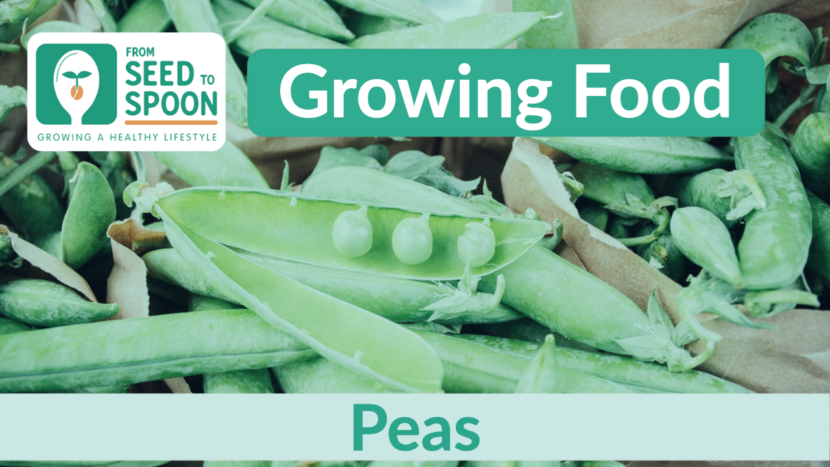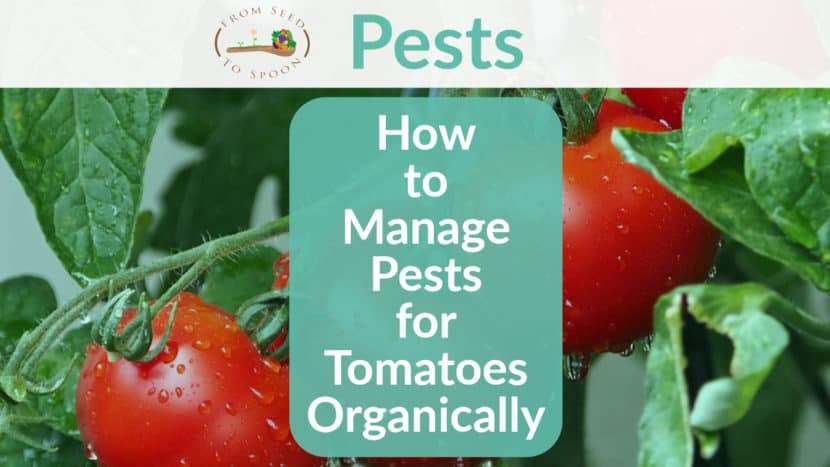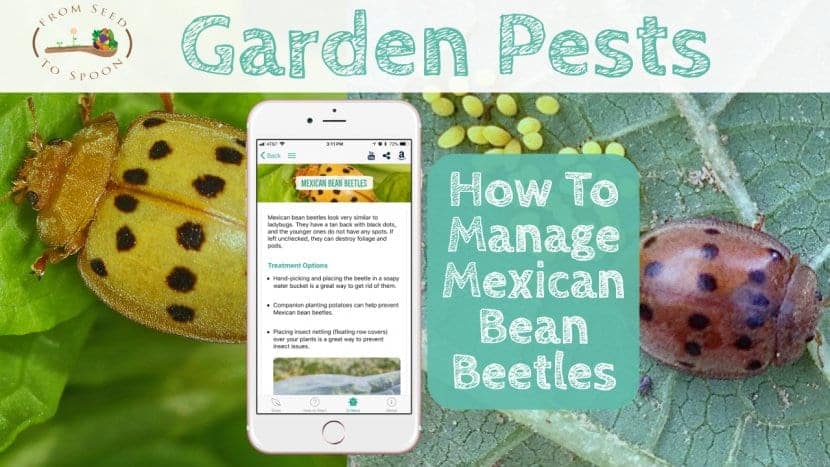Peas: How to Grow and When to Plant in Your Backyard or Patio Garden!
You won’t be able to truly appreciate peas until you’ve had fresh Sugar Snap peas from the vine. These peas are extremely prolific and typically give us more than we can handle in a season. Because of the versatility of peas in cooking, everyone should be able to find a way to enjoy this vegetable!








